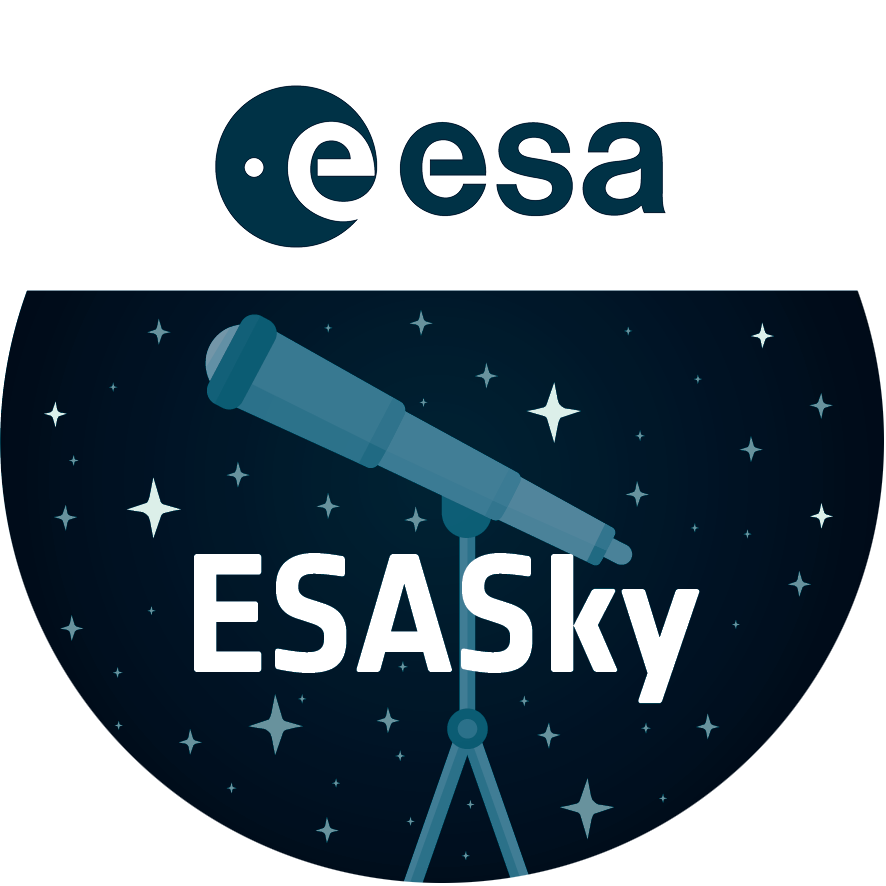Nearby dust clouds in the Milky Way
The yearly ritual of spring cleaning clears a house of dust as well as dust "bunnies", those pesky dust balls that frolic under beds and behind furniture. NASA/ESA Hubble Space Telescope has photographed similar dense knots of dust and gas in our Milky Way Galaxy. This cosmic dust, however, is not a nuisance. It is a concentration of elements that are responsible for the formation of stars in our galaxy and throughout the universe.
These opaque, dark knots of gas and dust are called Bok globules, and they are absorbing light in the center of the nearby emission nebula and star-forming region, NGC 281. The globules are named after astronomer Bart Bok, who proposed their existence in the 1940's.
Credit:About the Image
About the Object
| Name: | bok globules, NGC 281 |
| Type: | Milky Way : Nebula : Appearance : Dark : Bok Globule |
| Distance: | 9000 light years |
| Constellation: | Cassiopeia |
| Category: | Nebulae |
Wallpapers
Coordinates
| Position (RA): | 0 53 3.73 |
| Position (Dec): | 56° 38' 41.13" |
| Field of view: | 2.40 x 3.24 arcminutes |
| Orientation: | North is 113.0° left of vertical |
Colours & filters
| Band | Wavelength | Telescope |
|---|---|---|
| Optical B | 435 nm |
Hubble Space Telescope
ACS |
| Optical V | 555 nm |
Hubble Space Telescope
ACS |
| Optical H-alpha | 658 nm |
Hubble Space Telescope
ACS |
| Optical R | 658 nm |
Hubble Space Telescope
ACS |


